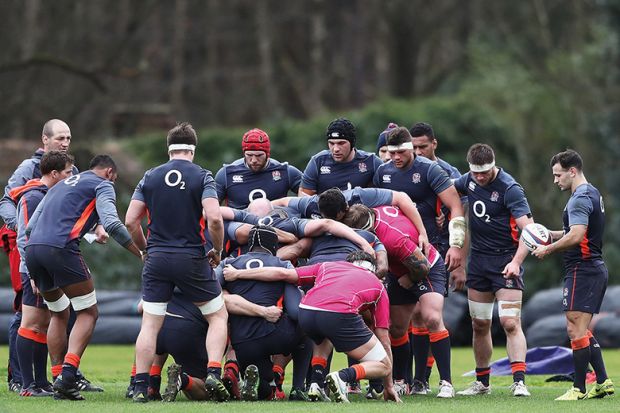There has been a “surge” of university mergers in order to climb global university rankings, according to a new analysis of European tie-ups.
But bigger does not necessarily mean better, one of the authors of the new report has warned, because merged institutions can take years to bed in and risk creating “cumbersome” management structures.
Mergers used to have the aim of shoring up the finances of weaker institutions, explained Pedro Teixeira, director of the Centre for Research in Higher Education Policies at the University of Porto, and one of the report’s authors. Now, however, they are increasingly done to create “international visibility”, he said.
A recent example is the University of Paris-Saclay, a mega-campus on the outskirts of the French capital that will combine more than a dozen institutions, in part to try to break into the top 20 of the Academic Ranking of World Universities, which is often known as the Shanghai ranking.
Although the tie-up will not include as many institutions as had once been hoped, the country’s president, Emmanuel Macron, has backed the merger as a way for the component universities to “distinguish themselves” in global rankings, which are “highly consulted by foreign students”. The merger is being supported by a multibillion-euro extension of the Paris Metro.
Aalto University in Helsinki is another example, Professor Teixeira said, having been created in 2008 out of a technical university, a business school and an arts school. “The government promised to give them significant additional funding,” with the explicit goal of building a higher-ranked “flagship” institution, he explained.
Policymakers had come to believe that “competition is good”, and thus they often supported such tie-ups, he said. Global rankings also helped to break down a tradition of non-competition between universities, Professor Teixeira continued.
Those working in universities “feel less comfortable in rejecting the idea of competition” and are now rebadging some types of funding as competitive, he said.
But in some cases, he added, climbing the rankings had become a “justification” that allowed institutions to take decisions that they had been wanting to take anyway – such as increasing their focus on research or attracting more students and staff from overseas.
The analysis, “Mergers in European Higher Education: Financial Issues and Multiple Rationales”, which was published in Higher Education Policy, was conducted with the European University Association and is based on surveys of presidents and rectors across the Continent. It concludes that it is too early to tell how successful many of these tie-ups have been. When businesses merge, it normally takes at least a decade to “consolidate” the union, Professor Teixeira said.
Mergers can create beneficial “economies of scale”, he said. But they also risked erecting “cumbersome” management structures that rendered them less efficient than the separate constituent institutions, he warned. Simply putting together more students, staff and money “doesn’t guarantee that the result will be more than the sum of the parts”, he said.
Most of the world’s top-ranked universities are “not very large institutions. That’s one of the warnings for these merger processes.” Professor Teixeira also observed that policymakers often “take for granted that bigger is better. It’s not clear that if you want to have an elite institution…you should have a large institution.”
Register to continue
Why register?
- Registration is free and only takes a moment
- Once registered, you can read 3 articles a month
- Sign up for our newsletter
Subscribe
Or subscribe for unlimited access to:
- Unlimited access to news, views, insights & reviews
- Digital editions
- Digital access to THE’s university and college rankings analysis
Already registered or a current subscriber?








